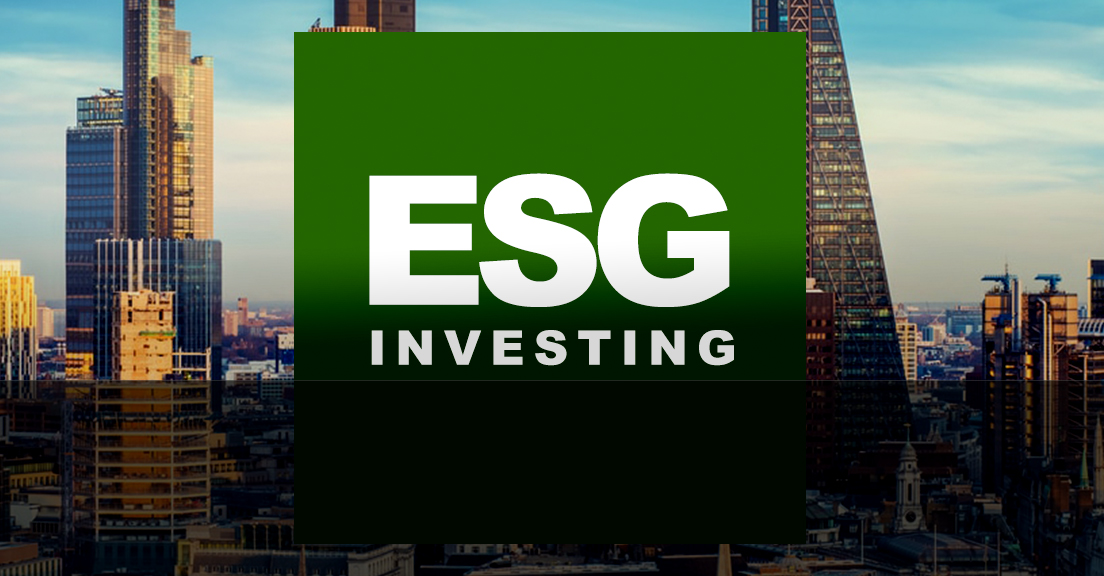How to create an ESG policy that protects your reputation LexologyHow to create an ESG policy that protects your reputation Lexology
Impact Investing Forum 2024
https://impactinvestingconferences.com/
London. April 24-25, 2023.
Book Now!
Five issues to focus on when setting out your environmental, social and governance (ESG) agenda.
With the 26th United Nations’ Climate Change Conference of the Parties (COP26) underway, climate change is front page news, and front of mind. Whilst it may make us rethink the steps we can take individually to lead a more sustainable life, its businesses who are really under pressure to be seen to being green. And it’s not simply the conscience boosting credentials that are a benefit: a company’s reputation could be significantly improved by taking decisions to address climate change, sustainability and social issues. But it goes the other way too: fail to make moves, and company reputation could be irreparably damaged.
But these reputational risks that exist in the climate space – and in ESG as a whole – can be minimised and prevented.
Here are five issues businesses should consider when drafting a new ESG policy, or extending an existing one, that all have reputation at the fore.
Don’t bite off more than you can chew
The problem: The biggest problem with most ESG policies is the breadth of issues they must encompass. From socioeconomic issues such as social inclusion and the carbon footprint, to sector specific concerns like reusable plastic, the remit of ESG can be broad – and therefore unachievable. Small, actionable and achievable changes are better than aspirations. If there’s likely to be a gap between what you say you’ll do, and what you’ll actually manage, it will be spotted. Journalists can justify their scrutiny into the gap between claim and reality on the grounds of public interest – and the allegation of hypocrisy in relation to ESG claims is more damaging than ever.
The solution: You can’t have a policy on everything – choose the issues that mean the most to your staff and customers, and aim for small, achievable changes.
Establish both commitment and metric at the same time
The problem: Not specifying when you’ll achieve something, and how you’ll even know when you’ve achieved it, is an accident waiting to happen. If a commitment is not accompanied by a timescale and some form of measurement, it will be more vulnerable to challenge. Aligning your commitments or policy to common ESG metrics – such as the UN Sustainable Development Goals, World Economic Forum’s Common Metrics, and the Sustainability Accounting and Standards Board – will mean they are less likely to be questioned. But at the same time, adopting common ESG metrics increases the chance that your performance will be directly compared to others.
The solution: Meet your targets or be prepared to say why. Make your commitments measurable and with a deadline, so that your policy is less vulnerable to questioning. Already at COP26 we’ve seen good examples of targeted aims, such as Sports for Climate Action Framework agreeing to halve greenhouse gas emissions by 2030: here, we have a clear measurement and timeframe.
Align your ESG policy with your values
The problem: Most big corporate wrongdoing stories will start from dissatisfaction within. Not aligning your external commitments to your internal stakeholders’ priorities is a big mistake. Whatever your ESG policy, it needs to correspond with internal strategies and culture. Increasingly, employees want to work for companies with clear purpose and ESG credentials, so aside from affecting external reputation, ignoring internal corporate values could even impact hiring and retention.
The solution: ESG begins at home. Ensure your stance is consistent with your corporate culture and values. When drafting an ESG policy, it can be valuable to include the experience and views of the internal stakeholders to determine what should be prioritised.
The ESG Paradox
The problem: The breadth of ESG issues often throw up paradoxes and unintended consequences which can get misreported. Sometimes, the damage to reputation is a largely a result of regulatory compliance. For example, some food and drink producers get attacked in the media for their reliance on single-use plastic, yet food regulations mean that in certain cases, these producers have no option, and must use these materials to comply.
The solution: Whilst we can’t affect the regulation, we can ensure that these paradoxes are highlighted, so reputational damage doesn’t occur unfairly. All aspects of an ESG policy need to be reviewed by a multidisciplinary team so that the paradoxes are captured and properly understood.
Unpredicted risk
The problem: Sometimes, there are risks you just can’t see coming. But the more you rehearse how to deal with the problems you can predict, the better able you are to improvise when the unpredictable happens. Very often, the backdoor risks for ESG policies lie in the supply chain. Supply chains have already been a focus at COP26, especially with regard to due diligence and reporting: a letter signed by Greta Thunberg and other climate activists has called for businesses to publish emissions data not just about themselves, but also their supply chains.
The solution: A supply-chain audit. Request and review your suppliers’ ESG policies and gather information to understand the degree of alignment between your ESG policy and that of your supplier. Scan the horizon for potential backdoor risks that may arise and rehearse a game plan in case it occurs.
Drafting an ESG policy can’t happen overnight – and creating one without reputation in mind can lead to many issues later down the line. Taking the time to ensure your policy and commitments are as watertight as possible – with minimal reputational risks and with small, achievable goals the priority – means your business is less likely to suffer reputational damage due to holes in your ESG agenda.

